Study on Coal Particle Properties and Critical Velocity Model in Coalbed Methane Horizontal Wells
Abstract
1. Introduction
2. Coal Particle Property Analysis
2.1. Coal Particle Size Classification
- (1)
- The coal blocks collected from the field were thoroughly pulverized using a crusher to produce mixed coal powder with as uniform a particle size distribution as possible.
- (2)
- A sieving system was assembled using standard sieves ranging from 20 mesh to 180 mesh to classify the coal particles into specific size fractions.
- (3)
- Approximately 200 g of the mixed coal powder was placed on the top (20-mesh) sieve, and screening was carried out using a vibrating device for about 10 min to ensure adequate separation of particles by size.
- (4)
- After screening, coal particles retained on each sieve layer were collected separately and stored in sealed containers labeled with their corresponding particle size range.
- (5)
- The sieving process was repeated as needed until sufficient quantities of coal particle samples were obtained for each size group. The classified coal samples are shown in Figure 1.
2.2. Measurement of Coal Particle Density
2.2.1. Density Measurement of Dried Coal Blocks
2.2.2. Density Measurement of Coal Particles
2.3. Experimental Study on the Layering Characteristics of Coal Particles
2.3.1. Layering Experiment Procedure
- (1)
- Equal masses of coal powder samples with different mesh sizes were separately added into six clean 50 mL graduated cylinders, and each cylinder was labeled with the corresponding particle size range.
- (2)
- A fixed volume of distilled water was added to each cylinder. After sealing the openings, the cylinders were manually shaken for approximately 30 s to ensure full dispersion of the coal particles and formation of a uniform suspension.
- (3)
- The cylinders were then allowed to stand at room temperature. The sedimentation process was observed and recorded at 5 min intervals until the stratification state became stable.
- (4)
- After 24 h of static settling, the stratification condition of the coal particles was observed and experimental data were recorded.
2.3.2. Layering Experiment Results
3. Critical Velocity Experiment of Coal Particles
3.1. Experimental Setup and Procedure
- (1)
- Add the test coal particles into a beaker, mix thoroughly with clean water, let it settle, remove floating coal particles and impurities, and filter out the settleable coal particles.
- (2)
- Connect the experimental setup, adjust the pipeline inclination according to the test parameters, and check the system for airtightness.
- (3)
- Soak coal particles of a specific mesh size for 24 h; then, lay a coalbed at the bottom of the wellbore.
- (4)
- Open the water flow control valve, gradually increase the wellbore flow velocity, observe and record experimental phenomena, and determine the initiation and transport velocities of coal particles under the given wellbore inclination.
- (5)
- Replace coal particles with different mesh sizes and repeat steps (3)–(4) to obtain the transport characteristics of coal particles of various sizes.
3.2. Experimental Results and Analysis
4. Critical Velocity Model Correction
4.1. Critical Velocity Derivation
4.2. Calculation Procedure
4.3. Formula Correction Results
5. Field Application Case
6. Conclusions
- (1)
- The migration of coal is primarily controlled by the liquid phase, with minimal influence from the gas–liquid flow pattern. Regardless of variations in the wellbore angle, gas–liquid flow rate, or coal particle size, the movement of coal particles is weakly correlated with the gas phase. Furthermore, the presence of coal does not significantly alter the gas–liquid flow pattern, indicating that the flow pattern is determined by the characteristics of the gas–liquid interface.
- (2)
- The wellbore inclination angle has a greater effect on the critical velocity of coal than the particle size. As the wellbore angle increases, the critical velocity of coal increases significantly. However, at smaller angles, the impact of angle changes on the critical velocity is minimal. This is because an increase in the wellbore angle enhances the velocity of the main fluid, thereby improving its ability to transport coal.
- (3)
- The movement of coal in the fluid occurs in three distinct stages: hopping, rolling, and drifting. During the hopping stage, coal displacement is brief, and it does not continuously move in the direction of the fluid. In the rolling stage, stable migration begins, and the velocity at this stage corresponds to the critical velocity. In the drifting stage, coal becomes fully suspended and moves at high speed with the fluid.
- (4)
- The existing critical velocity model for coal has been refined using experimental data, making it more suitable for predicting coal migration in coalbed methane wells. The experimental results demonstrate that the corrected model can accurately predict the critical velocity of coal, offering a reliable computational method for gas–liquid-solid three-phase flow studies.
- (5)
- During coalbed methane production, it is crucial to monitor the relationship between actual production and the critical flow rate. If the production rate falls below the critical threshold, fluctuations in bottomhole pressure may occur. To prevent wellbore blockage and pump sticking, timely interventions such as wellbore cleaning and pump flushing should be conducted to ensure stable and continuous production.
7. Suggestions
Author Contributions
Funding
Data Availability Statement
Conflicts of Interest
Appendix A
Appendix A.1. Empirical Formulas for the Drag Coefficient and Lift Coefficient
- (1)
- Calculation formula for the drag coefficient
- (2)
- Calculation formula for the lift coefficient
Appendix A.2. Derivation of the Shear Rate
Appendix A.3. Empirical Formula Modification
- (1)
- Modification Method:
- (2)
- Levenberg-Marquardt (L-M) method
References
- Zhong, Z.Y. Study on Coal Fine Particle Deposition and Accumulation in Undulating Wellbore. Ph.D. Thesis, China University of Petroleum, Beijing, China, 2019. [Google Scholar]
- Han, G.Q.; Gao, F.; Zhu, B.; Guo, H.F. Superficial transport mechanisms of coal particles in the coal-bed methane well. J. China Coal Soc. 2013, 38, 365–369. [Google Scholar]
- Tomren, P.H.; Lyoho, A.W.; Azar, J.J. Experimental Study of Cuttings Transport in Directional Wells. SPE Drill. Eng. 1986, 1, 43–56. [Google Scholar] [CrossRef]
- Doron, P.; Granica, D.; Barnea, D. Slurry flow in horizontal pipes—Experimental and modeling. Int. J. Multiph. Flow 1987, 13, 535–547. [Google Scholar] [CrossRef]
- Ford, J.T.; Peden, J.M.; Oyeneyin, M.B.; Gao, E.H.; Zarrough, R. Experimental Investigation of Drilled Cuttings Transport in Inclined Boreholes. In Proceedings of the SPE Annual Technical Conference and Exhibition, New Orleans, LA, USA, 23–26 September 1990. [Google Scholar]
- Doron, P.; Barnea, D. Flow pattern maps for solid-liquid flow in pipes. Int. J. Multiph. Flow 1996, 22, 273–283. [Google Scholar] [CrossRef]
- Nguyen, D.; Rahman, S.S. A Three-Layer Hydraulic Program for Effective Cuttings Transport and Hole Cleaning in Highly Deviated and Horizontal Wells. SPE Drill. Complet. 1998, 13, 182–189. [Google Scholar] [CrossRef]
- Wang, B.H.; Wang, X.Z. New Method for Calculation of Settling Velocity of a Spherodial Particle. Powder Sci. Technol. 1996, 2, 30–39. [Google Scholar]
- Bai, X.N.; Hu, S.G.; Zhang, D.F.; Jiang, X.P.; Qin, H.B. Design of the solid-liquid two-phase flow pipeline experimental apparatus. J. Univ. Shanghai Sci. Technol. 2001, 23, 95–101. [Google Scholar]
- King, M.; Fairhurst, C.; Hill, T. Solids Transport in Multiphase Flows—Application to High-Viscosity Systems. J. Energy Resour. Technol. 2000, 123, 200–204. [Google Scholar] [CrossRef]
- Li, A.F.; Wang, S.H.; Wang, W.L. Study on settling rule of formation sand in the liquid fluids. Oil Gas Recovery Technol. 2001, 8, 70–73. [Google Scholar]
- Li, M.Z.; Wang, W.Y.; He, Y.F.; Yuan, M. Research on the Sand-Carrying Law in Vertical Wellbores. J. Univ. Pet. China (Nat. Sci. Ed.) 2000, 2, 33–35+43–9+8. [Google Scholar]
- Shi, H.; Holmes, J.A.; Durlofsky, L.J.; Aziz, K.; Diaz, L.R.; Alkaya, B.; Oddie, G. Drift—Flux Modeling of Two-Phase Flow in Wellbores. SPE J. 2005, 10, 24–33. [Google Scholar] [CrossRef]
- Wang, Z.M.; Zhang, Z. Research on Cuttings Transport Behavior in a Two-Layer Stable Model for Highly Deviated Wells. Oil Drill. Prod. Technol. 2003, 25, 8–11+83. [Google Scholar]
- Wang, Z.M.; Zhang, Z. A two-layer time-dependent model for cuttings transport in extended-reach horizontal wells. Chin. J. Hydrodyn. 2004, 19, 676–681. [Google Scholar]
- Guo, X.L.; Wang, Z.M. The hydraulic extended limit of mega-extended-reach well at Liuhua Field in South China Sea. Oil Drill. Prod. Technol. 2009, 31, 10–13. [Google Scholar]
- Wang, Z.Z.; Deng, J.G.; Sun, F.J.; Zhou, J.L.; Liu, A.P. Experimental study on sand grain migration in wellbore. Acta Pet. Sin. 2006, 27, 130–132+138. [Google Scholar]
- Jiao, Y.H.; Deng, J.G.; Mou, S.B. Calculation of Minimum Sand-Carrying Velocity for Sand Production in Vertical Wellbores. West-China Explor. Eng. 2010, 22, 101–103. [Google Scholar]
- Najmi, K. Particle Transport in Single—Phase and Multiphase Horizontal Pipes with Emphasis on the Effect of Viscosity. Ph.D. Dissertation, The University of Tulsa, Tulsa, OK, USA, 2015. [Google Scholar]
- Najmi, K.; McLaury, B.S.; Shirazi, S.A.; Cremaschi, S. Experimental study of low concentration sand transport in wet gas flow regime in horizontal pipes. J. Nat. Gas Sci. Eng. 2015, 24, 80–88. [Google Scholar] [CrossRef]
- Padsalgikar, A. Particle Transport in Stratified Gas-Liquid-Solid Flow. Ph.D. Dissertation, The University of Tulsa, Tulsa, OK, USA, 2015. [Google Scholar]
- Dabirian, R. Modeling and Experimental Investigation of Sand Transport in Gas-Liquid Stratified Flow. Ph.D. Dissertation, The University of Tulsa, Tulsa, OK, USA, 2016. [Google Scholar]
- Sajeev, S.; McLaury, B.S.; Shirazi, S.A. Threshold Particle Concentration in Single-Phase and Multiphase Flow Sand Transport in Pipelines. In Proceedings of the 11th North American Conference on Multiphase Production Technology, Banff, AB, Canada, 6–8 June 2018. [Google Scholar]
- Kareepadath Sajeev, S. Particle Transport in Horizontal Pipes for Single-Phase and Multiphase Flows at Very Low Concentrations Including the Threshold Concentration. Ph.D. Dissertation, The University of Tulsa, Tulsa, OK, USA, 2019. [Google Scholar]
- Leporini, M.; Marchetti, B.; Corvaro, F.; di Giovine, G.; Polonara, F.; Terenzi, A. Sand transport in multiphase flow mixtures in a horizontal pipeline: An experimental investigation. Petroleum 2019, 5, 161–170. [Google Scholar] [CrossRef]
- Sun, X.F.; Yao, D.; Sun, S.H.; Ji, G.D.; Yu, F.R.; Sun, M.H.; Zhao, Y.Z.; Tao, L. A new transient calculation method of cuttings bed thickness based on drift flow model. Nat. Gas Ind. 2022, 42, 85–92. [Google Scholar]
- Jiang, B.B.; Zhang, G.Q.; Wang, D.; Liu, J.B.; Yang, Q.L.; Xu, X.H. Prediction of critical drawdown pressure of sand production in ultra-deep high pressure sandstone gas reservoirs. Xinjiang Oil Gas 2024, 20, 11–20. [Google Scholar]
- Tian, S.C.; Zhang, W.H.; Weng, J.T.; Guan, Z.Y.; Wang, J.B.; Liu, D.Q. The mechanism of sand production under the alternating injection-production mode of gas storage in Xinjiang MH gas reservoir. Xinjiang Oil Gas 2024, 20, 56–62. [Google Scholar]
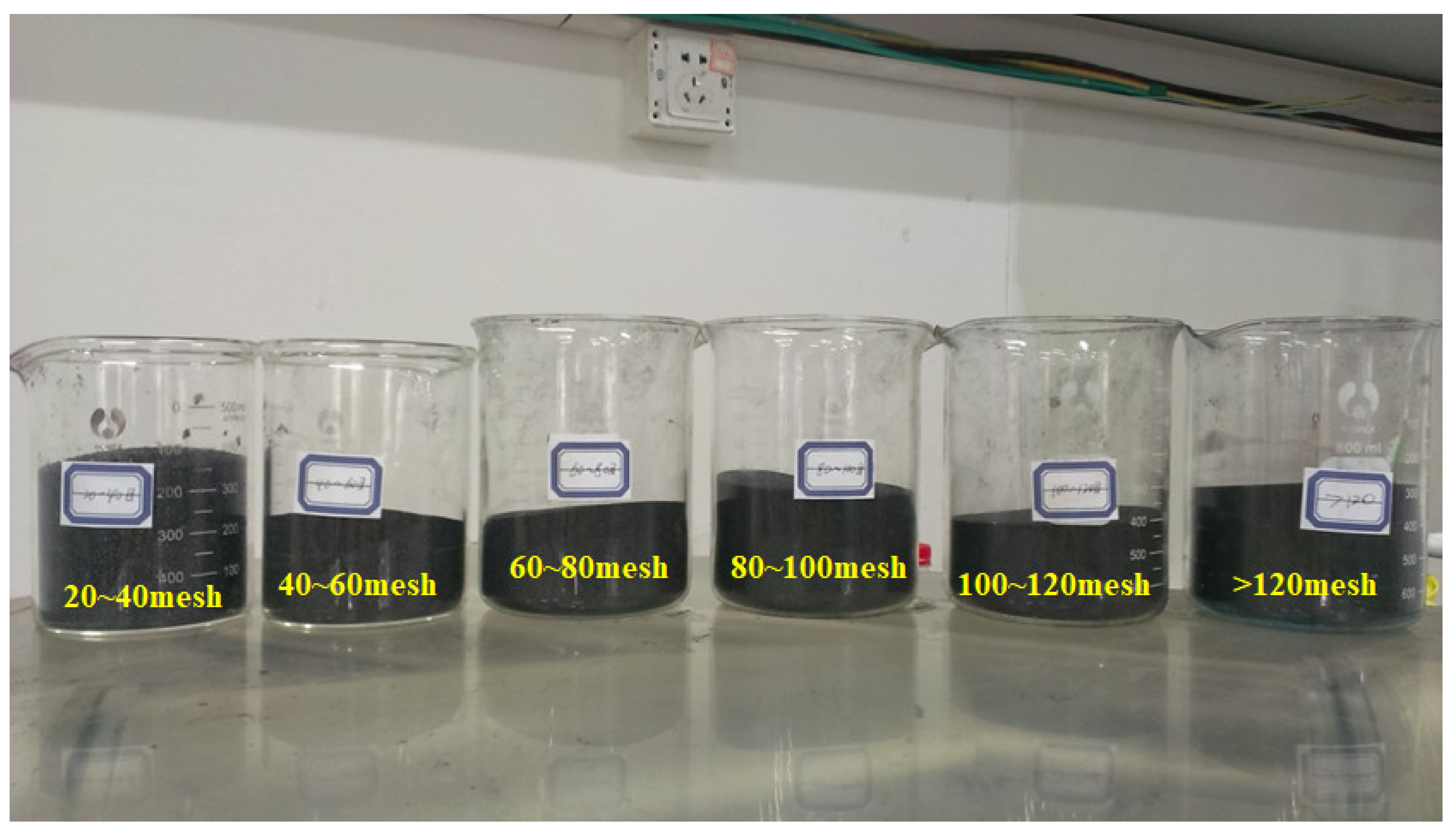

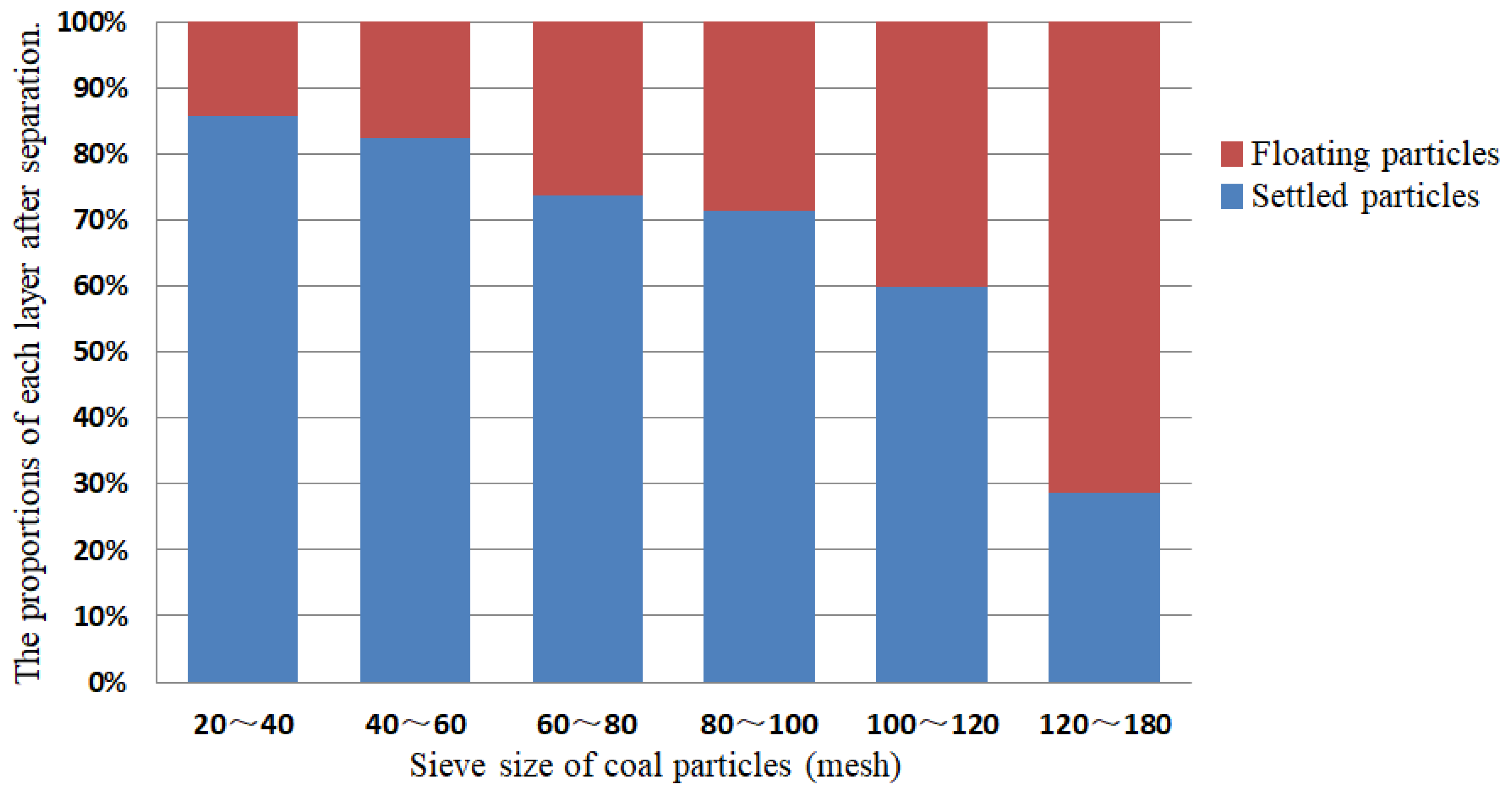

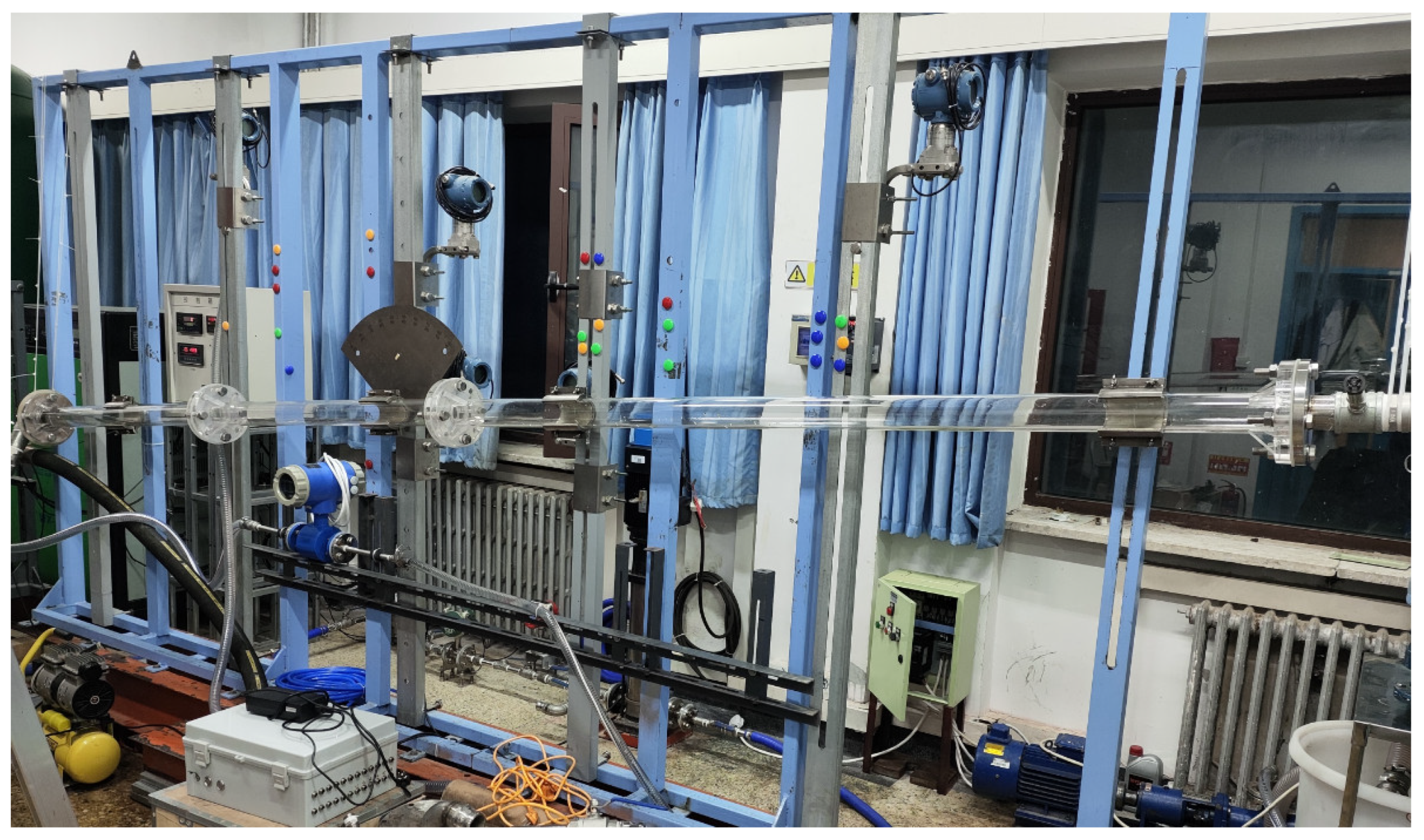

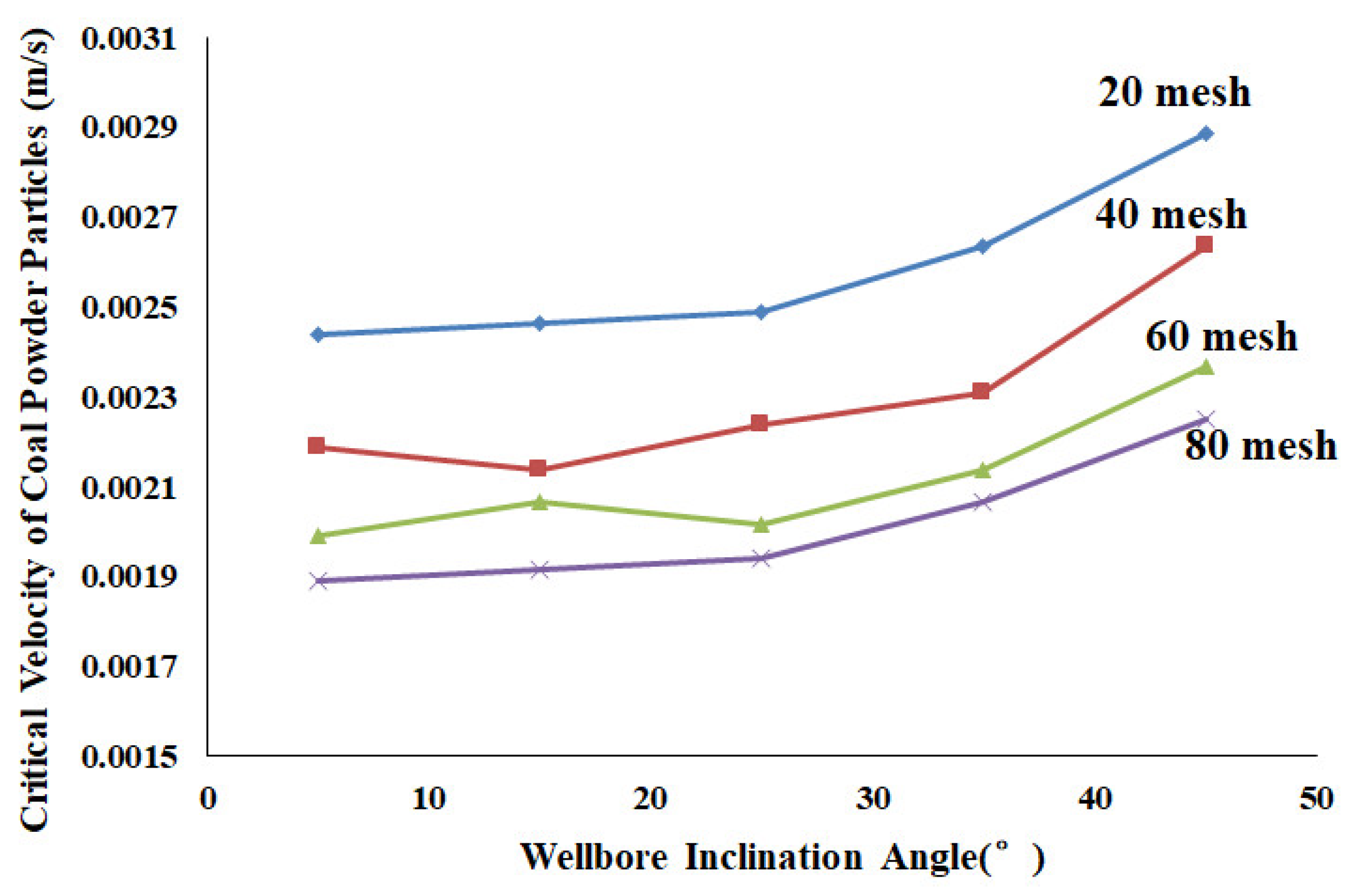
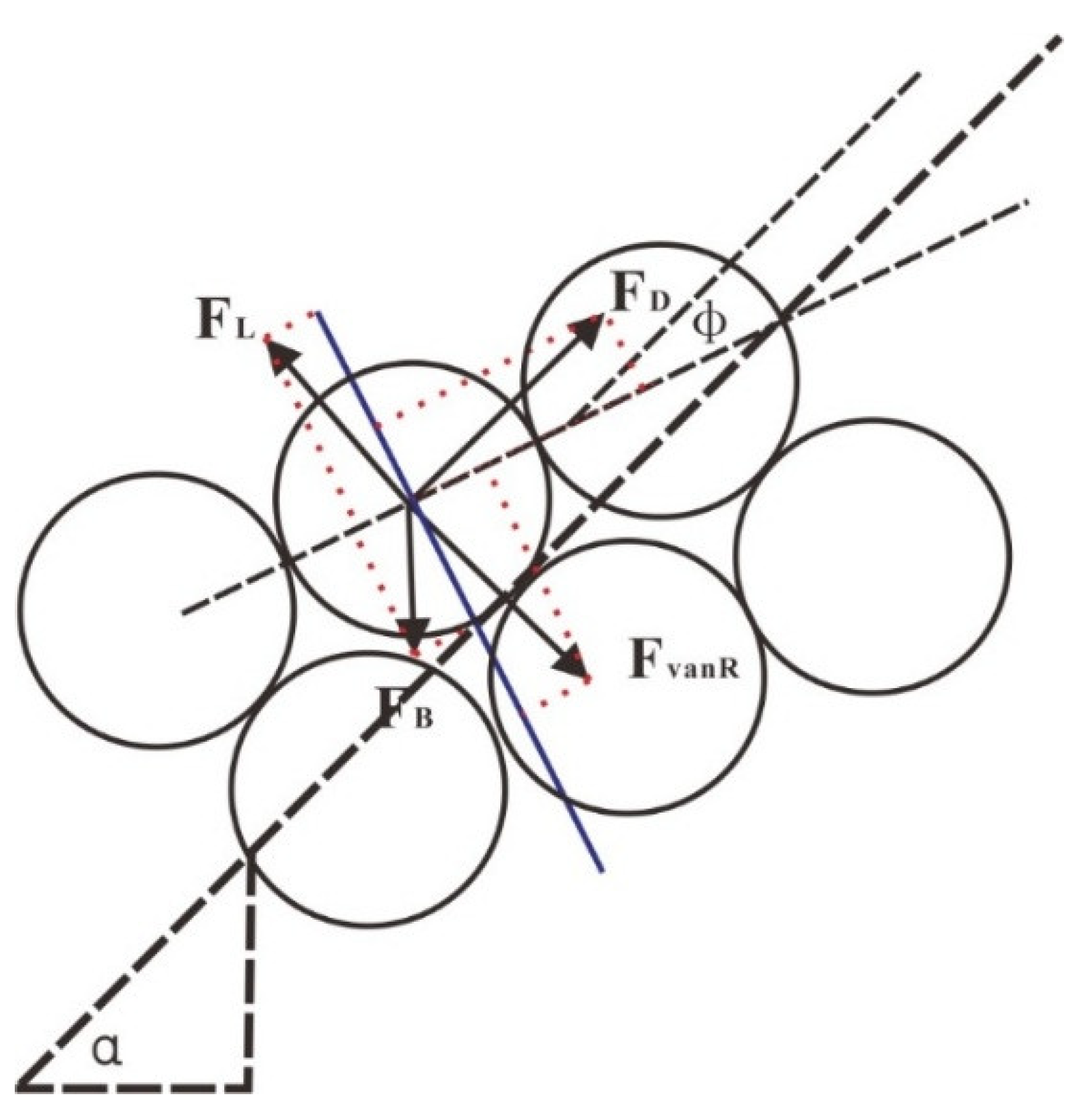
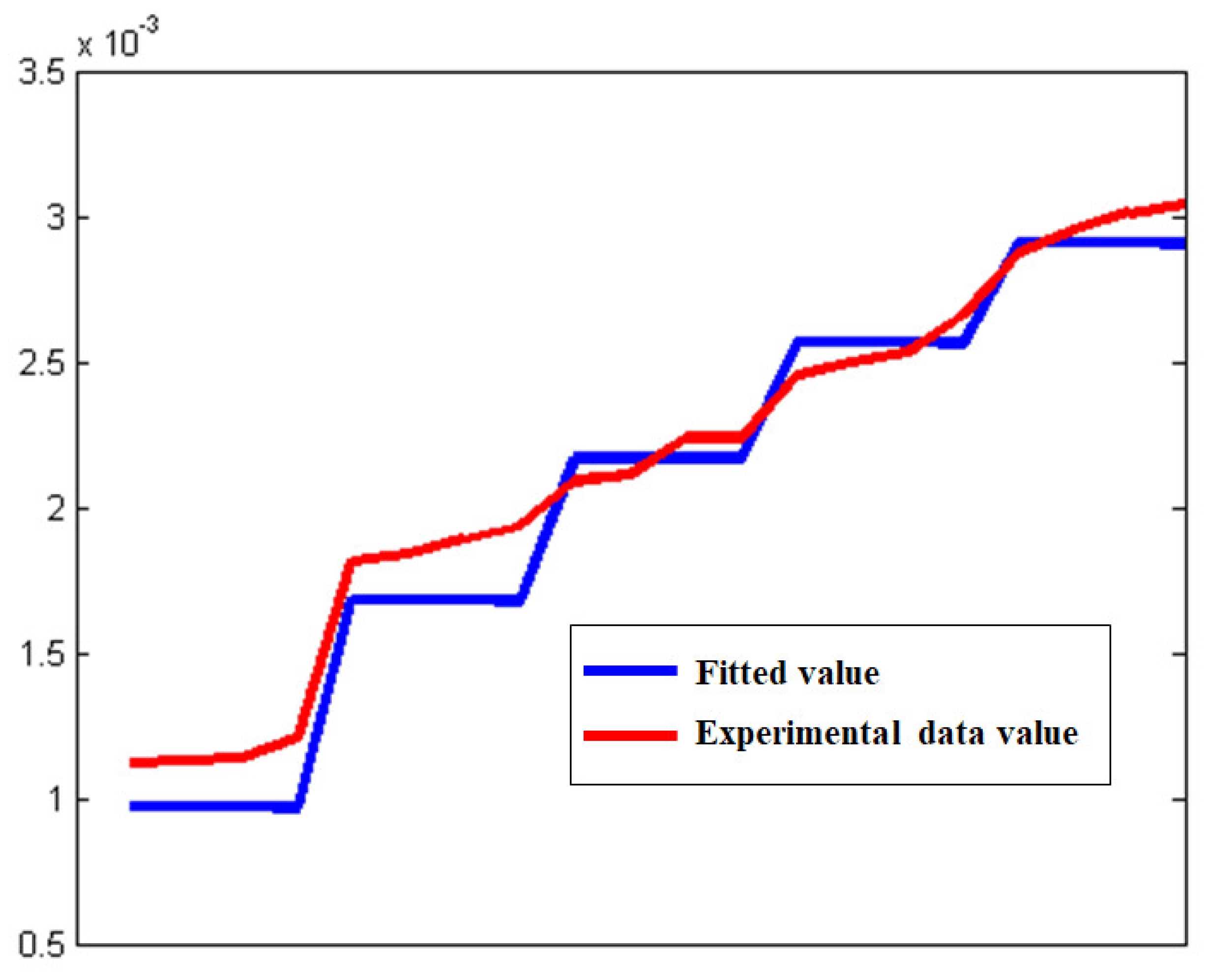
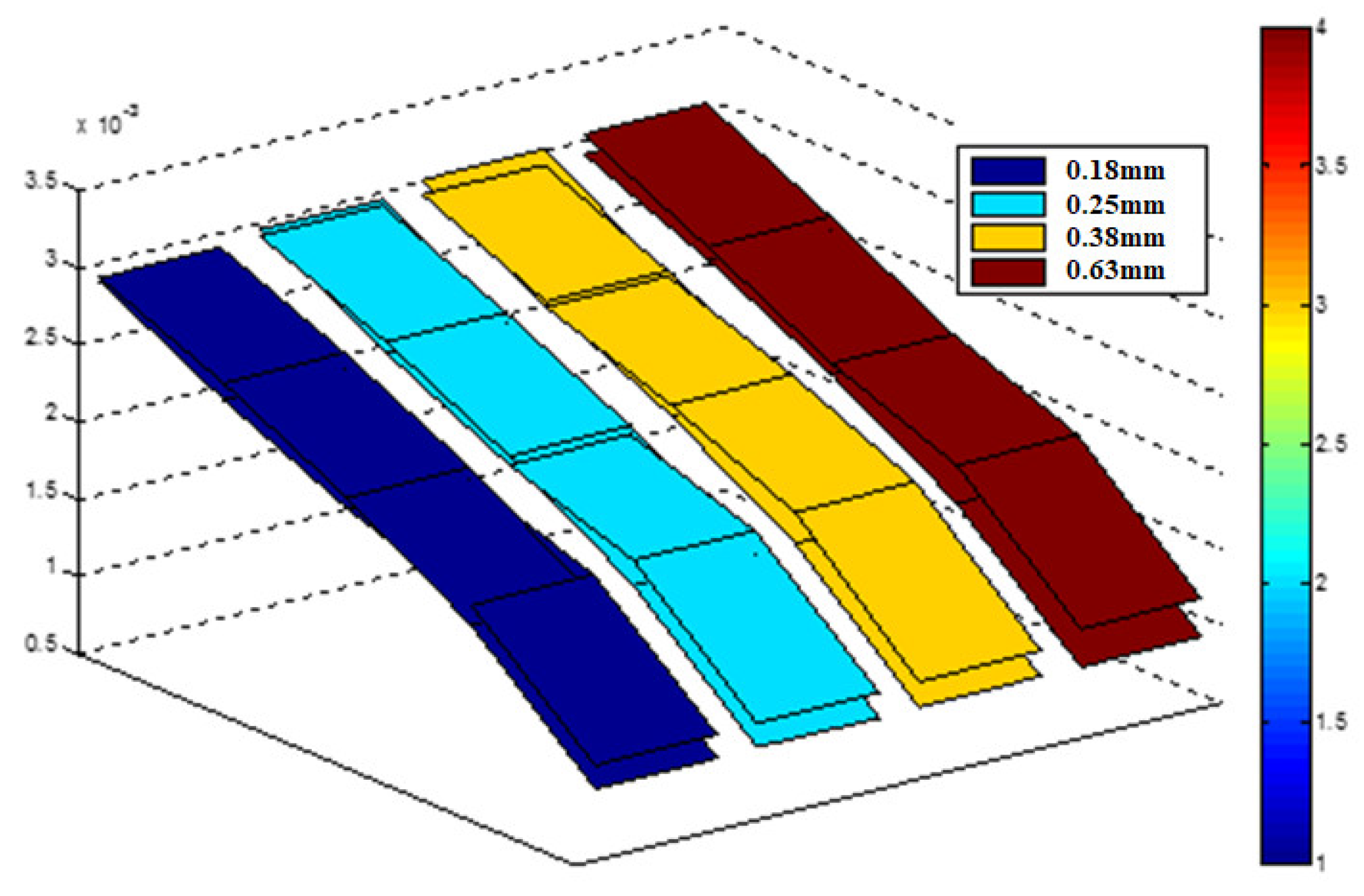
| Mesh Size (mesh) | Mass (g) | Volume (mL) | Density (g/cm3) |
|---|---|---|---|
| 20–40 | 2.12 | 1.60 | 1.325 |
| 40–60 | 1.94 | 1.50 | 1.293 |
| 60–80 | 2.28 | 2.00 | 1.140 |
| 80–100 | 1.88 | 1.70 | 1.106 |
| 100–120 | 1.97 | 1.80 | 1.094 |
| Sieve Size (mesh) | Settled Proportion (%) | Floating Proportion (%) |
|---|---|---|
| 20~40 | 0.85714 | 0.14286 |
| 40~60 | 0.82353 | 0.17647 |
| 60~80 | 0.73684 | 0.26316 |
| 80~100 | 0.71429 | 0.28571 |
| 100~120 | 0.60000 | 0.40000 |
| 120~180 | 0.28571 | 0.71429 |
| Inclination Angle (°) | Superficial Velocity (m/s) | |||
|---|---|---|---|---|
| 80 Mesh | 60 Mesh | 40 Mesh | 20 Mesh | |
| 5 | 0.001121 | 0.001130 | 0.001138 | 0.001210 |
| 15 | 0.001815 | 0.001839 | 0.001890 | 0.001931 |
| 25 | 0.002089 | 0.002114 | 0.002238 | 0.002240 |
| 35 | 0.002456 | 0.002498 | 0.002531 | 0.00266 |
| 45 | 0.002873 | 0.002953 | 0.003011 | 0.003045 |
| Parameter | Value | Unit |
|---|---|---|
| True vertical depth (TVD) | 820 | m |
| Horizontal section length | 580 | m |
| Casing size | Φ114 | mm |
| Daily gas production | 1200–2400 | m3/d |
| Daily water production | 0.6–1.1 | m3/d |
| Measured bottomhole pressure range | 0.8–1.4 | MPa |
| Coal fines particle size distribution | D50 ≈ 65 μm, range: 10–300 | μm |
Disclaimer/Publisher’s Note: The statements, opinions and data contained in all publications are solely those of the individual author(s) and contributor(s) and not of MDPI and/or the editor(s). MDPI and/or the editor(s) disclaim responsibility for any injury to people or property resulting from any ideas, methods, instructions or products referred to in the content. |
© 2025 by the authors. Licensee MDPI, Basel, Switzerland. This article is an open access article distributed under the terms and conditions of the Creative Commons Attribution (CC BY) license (https://creativecommons.org/licenses/by/4.0/).
Share and Cite
Zhou, R.; He, T.; Liu, Y.; Mai, P.; Han, G. Study on Coal Particle Properties and Critical Velocity Model in Coalbed Methane Horizontal Wells. Processes 2025, 13, 1550. https://doi.org/10.3390/pr13051550
Zhou R, He T, Liu Y, Mai P, Han G. Study on Coal Particle Properties and Critical Velocity Model in Coalbed Methane Horizontal Wells. Processes. 2025; 13(5):1550. https://doi.org/10.3390/pr13051550
Chicago/Turabian StyleZhou, Ruili, Tian He, Yuxiang Liu, Peidong Mai, and Guoqing Han. 2025. "Study on Coal Particle Properties and Critical Velocity Model in Coalbed Methane Horizontal Wells" Processes 13, no. 5: 1550. https://doi.org/10.3390/pr13051550
APA StyleZhou, R., He, T., Liu, Y., Mai, P., & Han, G. (2025). Study on Coal Particle Properties and Critical Velocity Model in Coalbed Methane Horizontal Wells. Processes, 13(5), 1550. https://doi.org/10.3390/pr13051550







